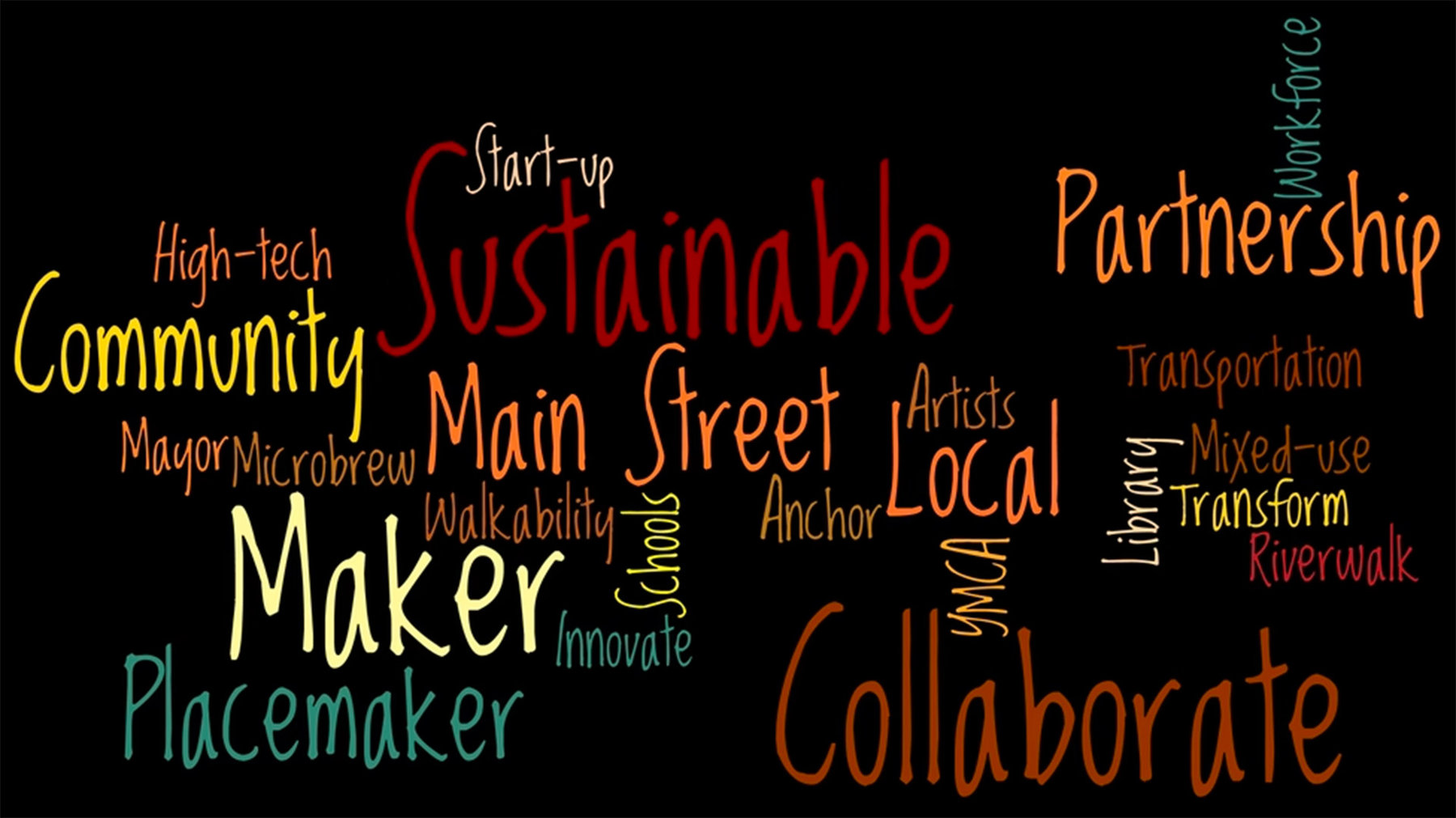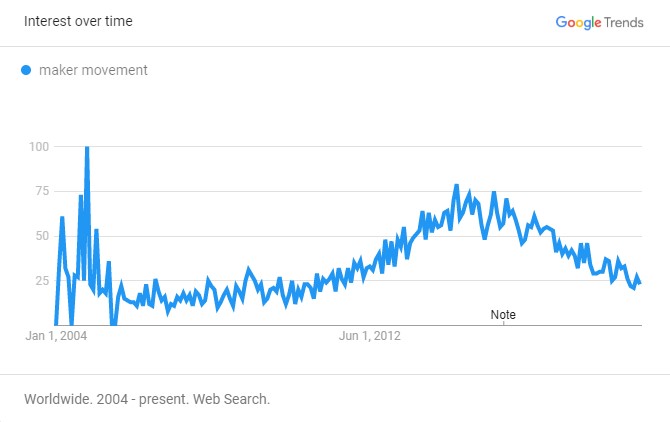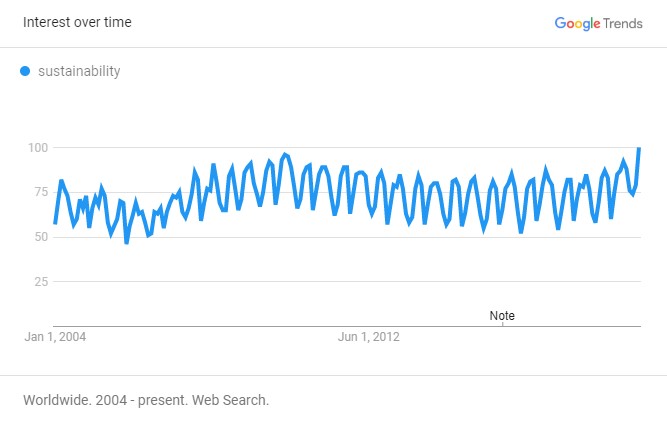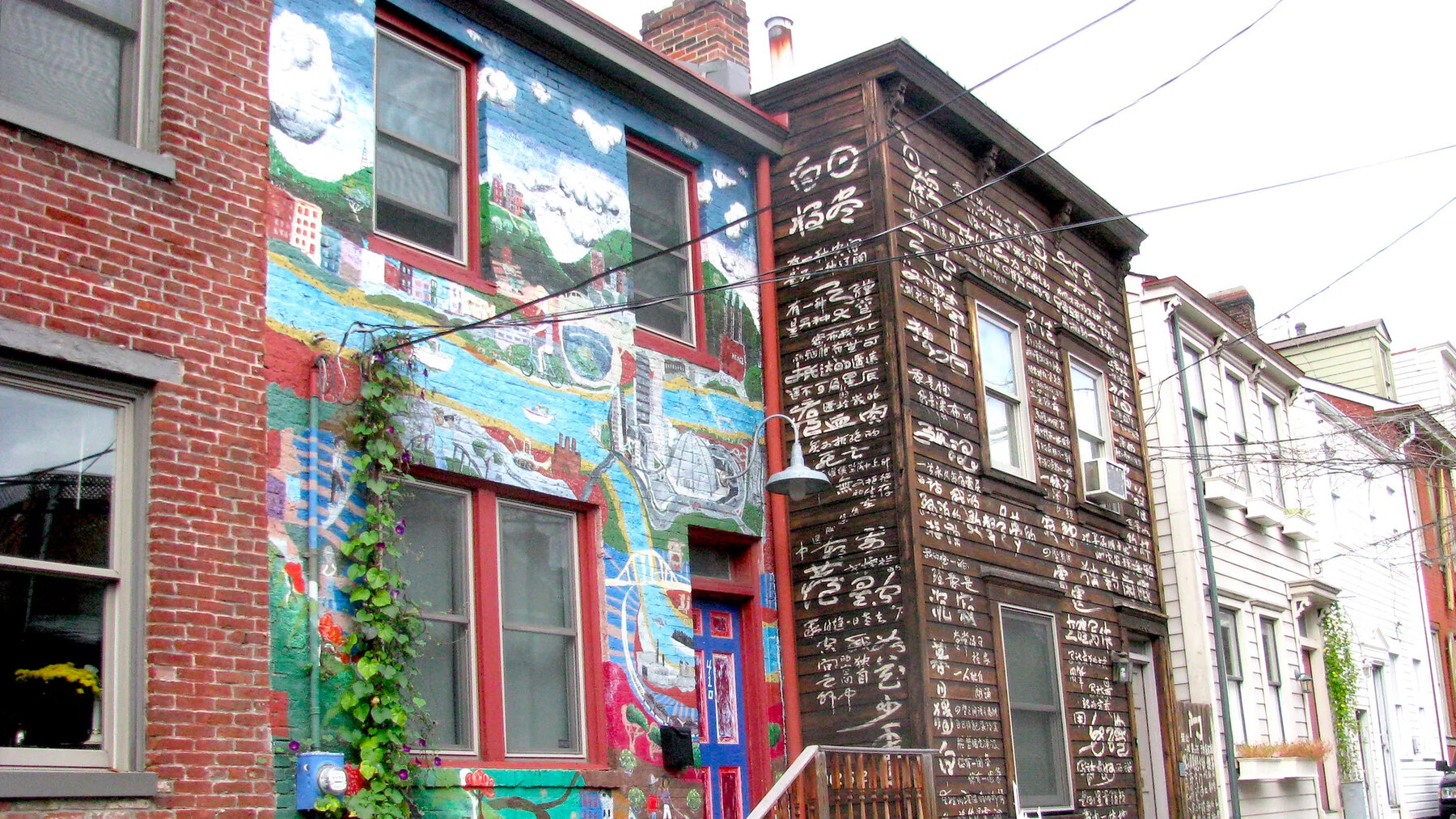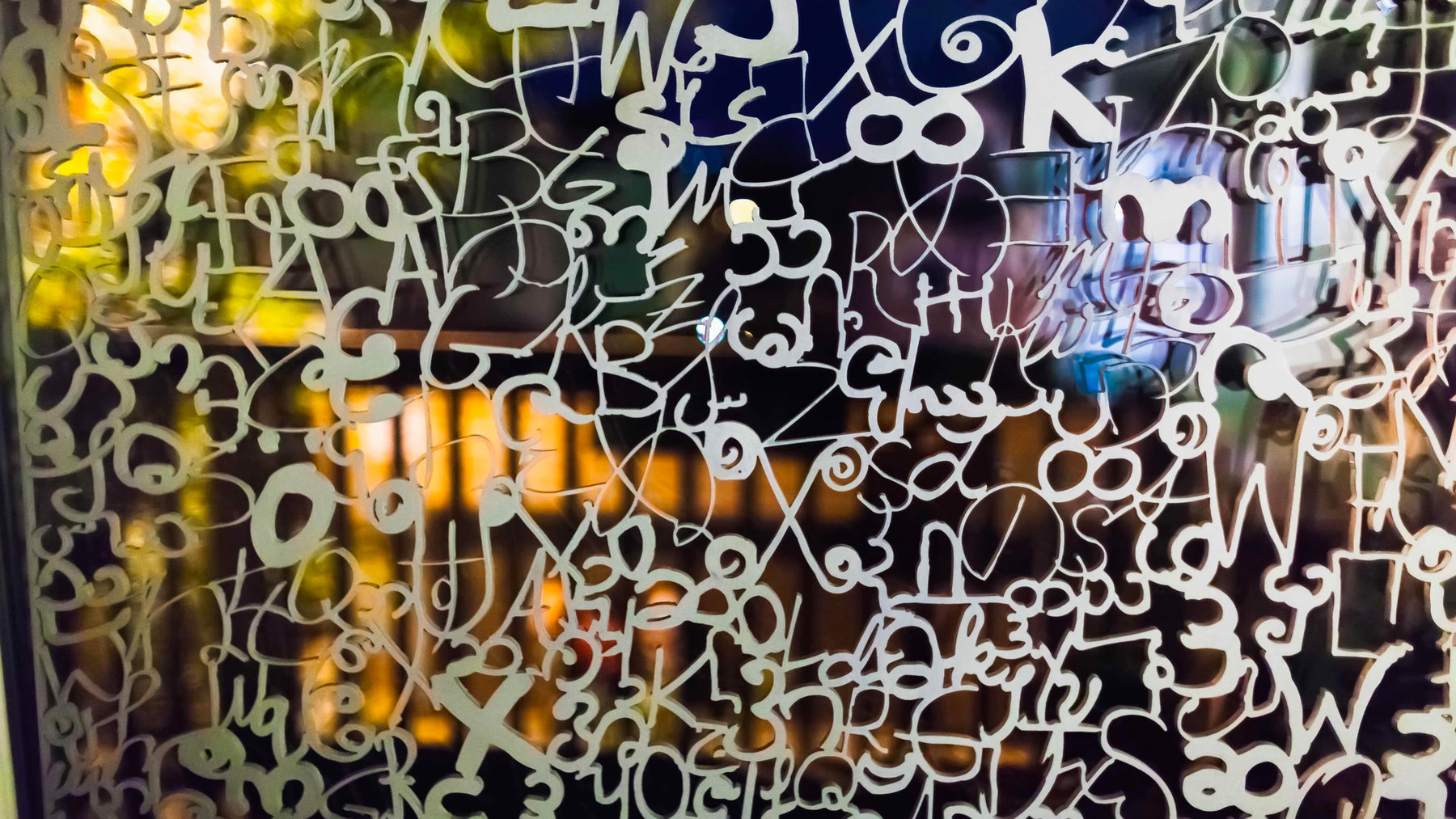You knew that. Collaborate isn’t a new word, but it sure has changed over time. Back during World War II, of course, the meaning of collaborate took on the negative sense, now listed as second definition in the Random House dictionary:
Def 2: to cooperate, usually willingly, with an enemy nation, esp. with an enemy occupying one’s country.
Collaborate is a word with powerful resonance, and it has enjoyed popularity anew in the last 10 years. Google confirms this! Here is a Google trend chart that tracks the frequency of use over times of “collaborate,” gathered from news headlines.
The word has become embellished in reference, I would say, to include not only literary or intellectual pursuits, but also business, educational, philanthropic, technological, and economic development pursuits in general.
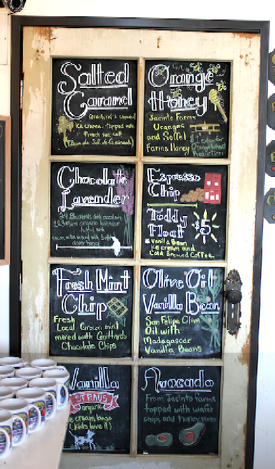
Such a lifeless definition for a word that has become a word of the times. Maker is a word on the move, responding to a real change in the way people are designing their working lives. The most exciting change, I think, is the use of the word in reference to the small-scale makers. We have seen so many makers during our travels: the makers of handbags, kitchen cutting boards and utensils, fabric from recycled plastic, food storage bags, beer, spirits, salt, chocolate, coffee, ice cream, phone cases, and on and on.
I will take a shot at a puffed-up definition of new makers: They particularly care about their idea, the sourcing of their materials, the quality of their product, the working conditions of their employees, how they grow their businesses, and the relationships with their customers.
Here are a few more interesting things about the word—a sure sign of how big the word maker has become, is its pairing with movement: the Maker Movement. We’ve always used the word in a dull way, like make coffee or make time. In creative fields, the word has been used in a more rarified way, like make art, make music, and make photos. Now, make things has entered that group, and it is not a vague reference. Building on maker, in the art world, placemaking refers to the role of art and culture as part of building and strengthening communities, as our friends at Artplace America describe. Giving names to movements and efforts can be powerful; it gives people a shorthand for discussing and “collaborating,” and it helps make their work real.
Even the term Maker culture has its own entry in Wikipedia. I am not sure if “Maker Movement” had as a shotgun start, as suggested by the Google trend chart below, or it there was somehow no measure before nearly 2008.
Pittsburgh is a living example of a town where traditional makers, the manufacturers of steel, have continued their legacy to become a city of new makers. It is a legacy that several people in Pittsburgh mentioned to us when we were searching for explanations about why Pittsburgh is such a strong maker-town now.
Sustainable: There are many definitions. I chose the most relevant for now. Def. 2. Capable of being continued with minimal long-term effect on the environment. (The American Heritage Dictionary, 5th edition. 2011)
Sustainable, still used far and wide, has probably worn out its welcome, like green, or unique, which we now have to qualify as “very unique” if we want it to retain punch. Sustainable is a nice word, but maybe we have thrown it around too much and cheapened it a bit. One of my least favorite words, disrupt, certainly falls in that category. I wonder if it’s becoming a cliché, or at least a buzzword, a sad category for a perfectly good word.
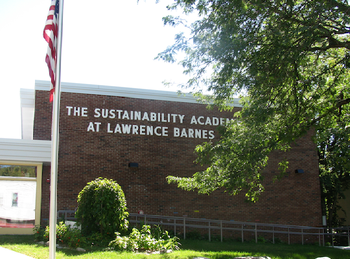
Of course we want everything to be sustainable, but there should be a distinction between using it when genuinely warranted, like with the name of the Sustainable Academy, an elementary magnet school in Burlington, Vermont, which infuses the idea of preservation and protection of the planet into all its lessons and practices its own habits that reflect that in the basics like growing and using its own crops for lunch menus.
Interestingly, people were ho-humming about the word sustainable five years ago. Have a look at this Google trending chart of the word since then.
To me, this chart indicates an overused and no longer very interesting word.

